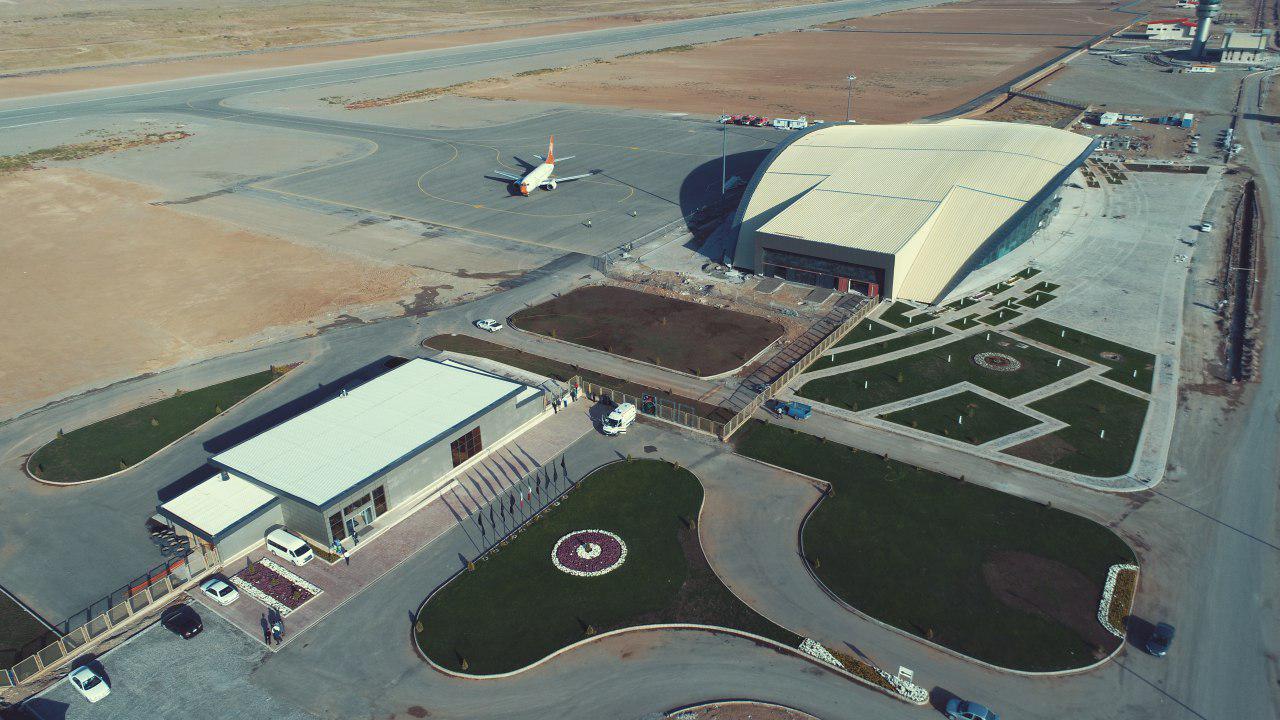Maku Free Trade Zone in northwesternmost Iran will inaugurate an airport in February.
An opening ceremony has been scheduled during the Ten-Day Dawn ceremonies, which fall between Feb. 1 and 11, marking the anniversary of the 1979 Islamic Revolution, the CEO of Maku FTZ.
“Some 1 trillion rials ($22 million) have been invested in the construction of the airport out of the free zone’s own revenues without a government budget,” Hossein Forouzan also told Financial Tribune.
“A further $4.5 million will soon be paid to contractors for the airport equipment we have bought and more than $6.76 million will be spent on the construction and completion of the first phase of the cargo terminal as well as lighting systems and other facilities.”
The inauguration ceremony will be held in the presence of either President Hassan Rouhani or First Vice President Es’haq Jahangiri.
The construction of Maku Airport started in June 2014, with the aim of expanding the FTZ’s economic activities following the removal of international sanctions on Iran over its nuclear program.
“The airport equipment meet the latest international standards and draw on advanced technologies. Maku Airport is one of the most modern airports in Iran. It has been built on a 400-hectare plot, 200 hectares of which are dedicated to flight areas,” he said, noting that the airport has been designed to accommodate Airbus A320.
According to Forouzan, five return flights to the capital Tehran with a capacity of 110 passengers have been scheduled per week.
The first trial flight took off from the airport in January 2016 and the first official flight was conducted in March 2017.
“Sepehran Airlines is currently the only airline operating flights on the route. We will soon be conducting flights to other cities such as Mashhad in the northeastern Khorasan Razavi Province, Urmia in the northwest and Kish Island in the south. The number of flights will increase to two or three per day,” he said.
The CEO of Maku FTZ also said plans are underway to operate international flights from Maku FTZ Airport as of the next Iranian year (starting March 21).
“We will start with flights to Turkey, Iraq and Germany. The completion of the freight terminal will significantly contribute to expansion of foreign trade from Maku,” he said.
At present, exports from and imports to Maku FTZ are largely carried out via land. The airport and its cargo terminal are expected to account for a considerable share of the FTZ’s foreign trade upon completion.
Maku Free Trade Zone is one of Iran’s lesser known transit points located in the northwest of the country.
With just over 20 kilometers (13 miles) from the Turkish border and surrounded by mountains, the FTZ has one of the best trading advantages.
The small town is separated by Zangmar River that passes through West Azarbaijan Province. The designated zone is spread over 5,000 square kilometers in total–the largest Iranian free zone to date. The local population includes both Azeri- and Kurdish-speaking people, who can also speak Persian.
Maku, like any other free zones in Iran, enjoys a multitude of advantages, including discounted customs and duty rates on all goods, visa facilities for foreigners, and ease of credit for foreign business.
Advantages include a 100% exemption on tax revenues and possessions for 20 years (the period can be extended), customs duty exemption for imports of machinery and raw material, and customs exemption for exporting goods produced in the FTZ to the mainland.
Moreover, foreign investors can repatriate 100% of their invested capital and profits overseas.
There are currently 87 active production units in Maku, which exported $2 million and reexported $6 million worth of commodities during the eight months to Nov. 21, 2017.
Exports from the zone amounted to $41 million and reexports to $5 million in the last Iranian year (March 2016-17).
Maku Free Trade Zone has earned more than 4.7 trillion rials ($106 million) in revenues since its inauguration in the fiscal 2013-14.
The budget allocated to the FTZ in the current year stood at about 3.34 trillion rials ($75.2 million), registering a 65% increase compared with the previous year.



